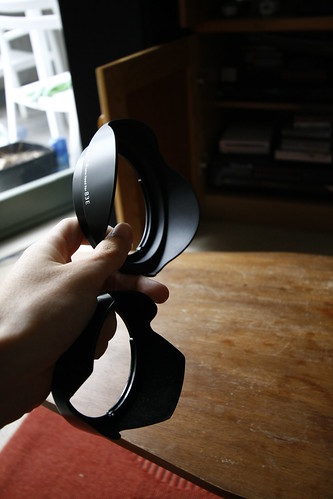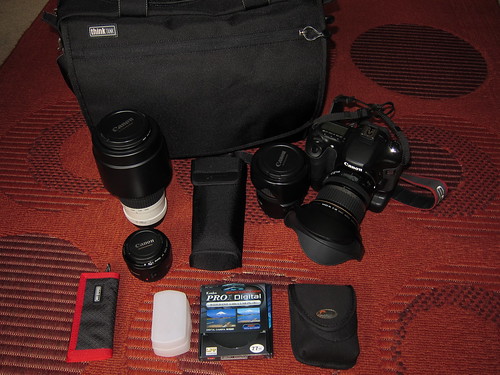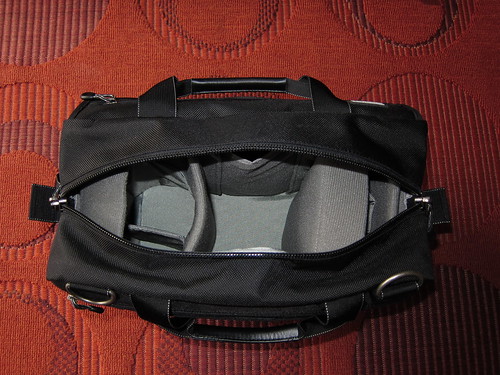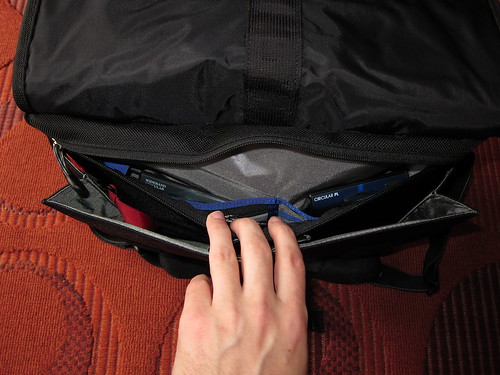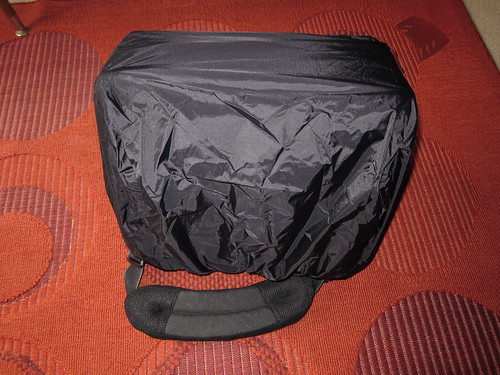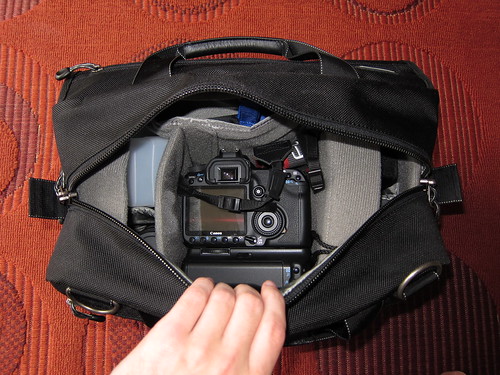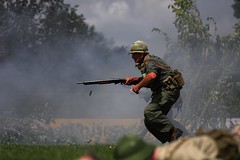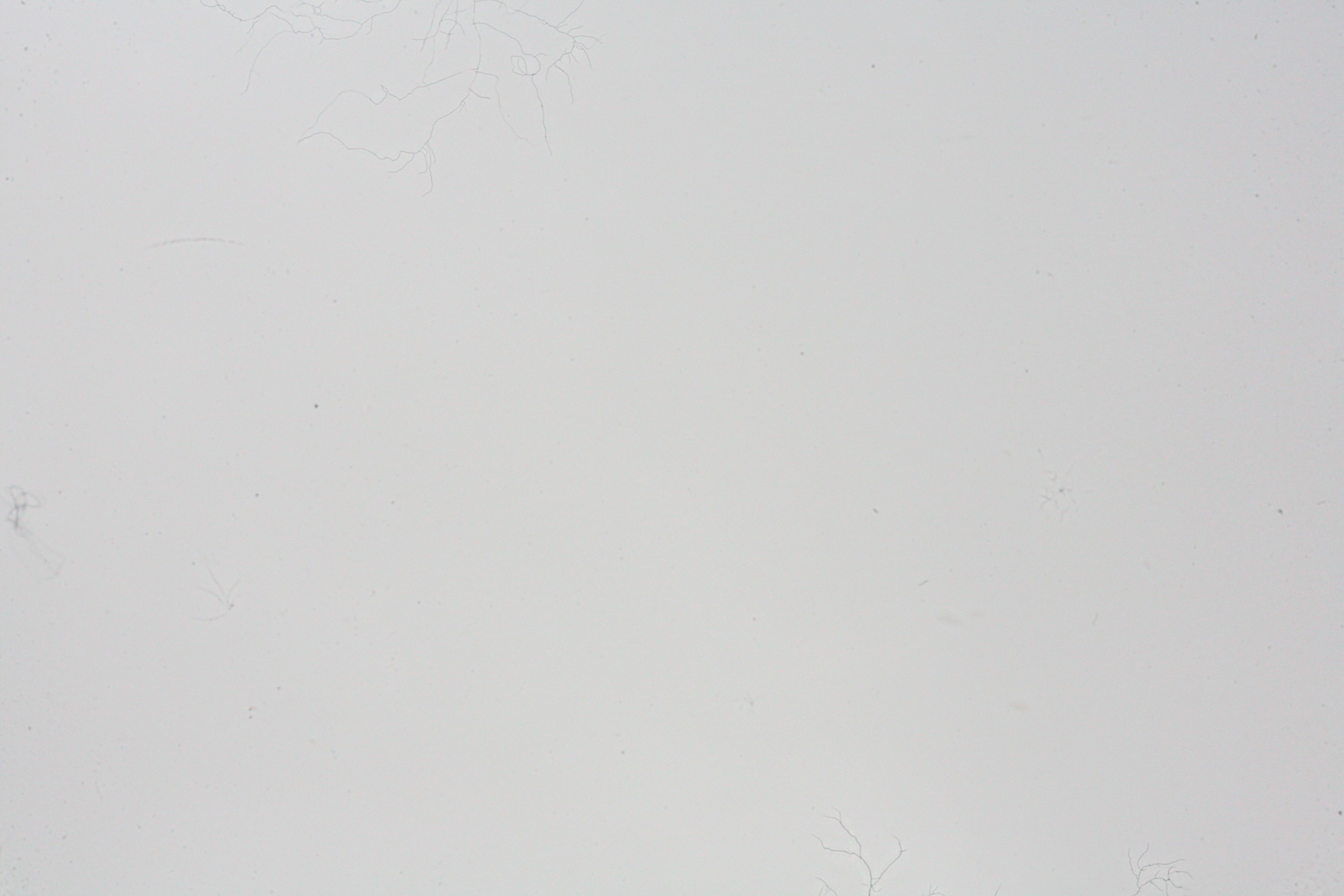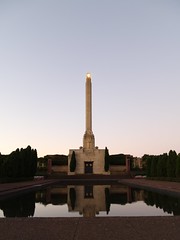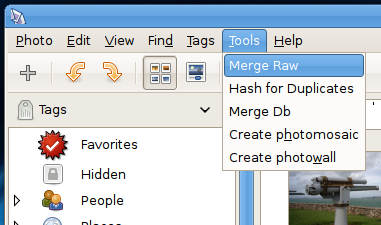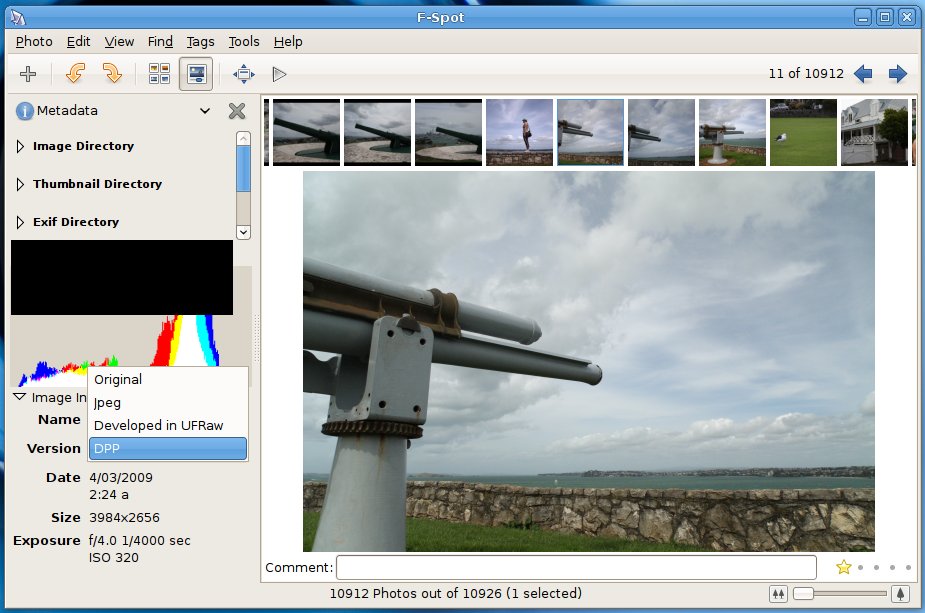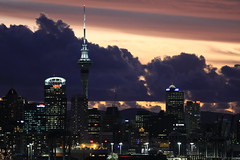What’s the difference between Canon lens hoods and the third party hoods that sell for much less on auction sites such as trademe and ebay? I couldn’t find the answer to this question anywhere else, so when shopping for a hood for my Canon 10-22mm lens I decided to go for a third party hood and find out.
The genuine example I have is a Canon EW-73B lens hood. It sells for $66 NZD on photo.co.nz, whose prices are generally in line with the current retail market while not being the absolute lowest. This is an exorbitant price for what amounts to little more than a piece of plastic. The third party equivalent sells on trademe for around $25 NZD, much cheaper but hardly a bargain. So what’s the difference? Well effectively you’re paying $39 for the brand and felt on the inside of the hood. And perhaps slightly better quality plastic as well.
The third party example is an EW-83E. Ideally I’d purchase a third party EW-73B to compare, but the images online tell me enough that I don’t need to – they’re exactly the same as the EW-83E I have aside from the size and shape. Below is a picture that illustrates what I see as the major difference between third party and branded hoods:
As you can see there is a notable difference in the reflectiveness of the inside surface. Admittedly my hand in this photo is partly shielding the Canon hood, so I took another shot for the skeptics: here. But it’s not difficult to imagine how a smooth surface would reflect more light than black felt.
The question is whether this actually makes any difference to your photos. We know that light refracted in the lens can reduce colour saturation and cause flare (see the digital picture’s write-up on the use of lens hoods for more info), however answering the question of whether light reflected from the inside of the hood and then onto the lens can do the same is more difficult to answer (if anyone wants to shout me a third party EW-73B I’ll do my best to find out!).
At minimum the effect of using a third party hood should still be reduced flare and better colour saturation (vs not using any hood at all), so a photographic scenario that demonstrated a perceivable difference would probably have to be carefully designed. Maybe a flash just off the frame but pointing straight at the lens would do it.
Conclusion
Both third and first party lens hoods are a ripoff.

